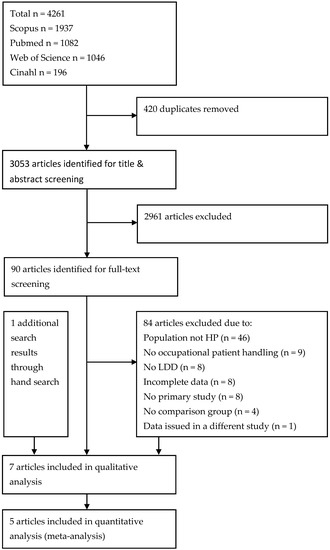
Study design: This article comprises a review of the literature. Objective: The purpose of this study was to elucidate the different types of structural failures exhibited in intervertebral discs (IVDs), summarize their potential causes with respect to mechanical loading conditions and the consequences on cell homeostasis and biomechanics Biomechanics of the lumbar intervertebral disk: a review. Jensen GM. This article reviews the literature on the biomechanics of the lumbar intervertebral disk according to: 1) disk structure and properties, 2) biomechanical principles and their application to the disk, 3) biomechanics and intradiskal pressures as they relate to posture, work, and exercise, and 4) prophylactic blogger.com by: 61 May 01, · Abstract. Many experimental testing techniques have been adopted in order to provide an understanding of the biomechanics of the human intervertebral disc (IVD). The aim of this review article is to amalgamate results from these studies to provide readers with an overview of the studies conducted and their contribution to our current understanding of the biomechanics and function of Cited by:
Ageing and degenerative changes of the intervertebral disc and their impact on spinal flexibility
Study design: This article comprises a review of the literature. Objective: The purpose of this study was to elucidate the different types of structural failures exhibited in intervertebral discs IVDssummarize their potential causes with respect to mechanical loading conditions and the consequences on cell homeostasis and biomechanics. Summary of background data: Many studies have been performed to gain insight into how discogenic back pain progresses in humans both in vitro and in vivo as well as in animal disc models.
However, there is a major need to summarize the common factors which initiate the structural failures observed in IVDs and the typical biomechanical changes, biomechanics in the intervertebral disc a literature review. This work could help in developing mechanisms aiming to restore the biochemical and biomechanical balance of IVDs.
Methods: The different types of structural failures encountered in IVDs were reviewed from published literature. The types of mechanical loading causing these injuries and their physiological and biomechanical consequences were then summarized and linked to ongoing research in this area. Results: The most prominent structural failures associated with IVDs are annulus tears, disc prolapse, endplate damage, disc narrowing, radial bulging, and osteophyte formation in the vertebrae.
IVDs were found to be vulnerable to compression, flexion, axial rotation, and complex loading mechanisms through single impact, cyclical, and continuous loading. However, chronic loadings had a more damaging impact on the spine. Significant consequences include imbalance of metabolic enzymes and growth factors, alteration in stress profiles of IVDs and a decrease in mechanical stiffness resulting in impaired biomechanics of the spine. Conclusion: The mode of loading has an important impact on the severity and nature of failures seen in IVDs and the biomechanics in the intervertebral disc a literature review consequences to biomechanics.
However, further research is necessary to better understand to the mechanisms that link injury to degeneration and regeneration of IVD tissues.
Level of evidence: 3. Abstract Study design: This article comprises a review of the literature. Publication types Review. Supplementary concepts Intervertebral disc disease.
Biomechanics Lecture 4 - Spine
, time: 54:38Biomechanics of the human intervertebral disc: A review of testing techniques and results

The literature suggests that the degenerative changes of the intervertebral disc and surrounding structures lead to subtle alteration of the mechanical properties of the functional spinal unit. A trend toward spinal stiffening with the increasing degeneration has been observed in most studies Study design: This article comprises a review of the literature. Objective: The purpose of this study was to elucidate the different types of structural failures exhibited in intervertebral discs (IVDs), summarize their potential causes with respect to mechanical loading conditions and the consequences on cell homeostasis and biomechanics Many experimental testing techniques have been adopted in order to provide an understanding of the biomechanics of the human intervertebral disc (IVD). The aim of this review article is to amalgamate results from these studies to provide readers with an overview of the studies conducted and their co Cited by:
No comments:
Post a Comment